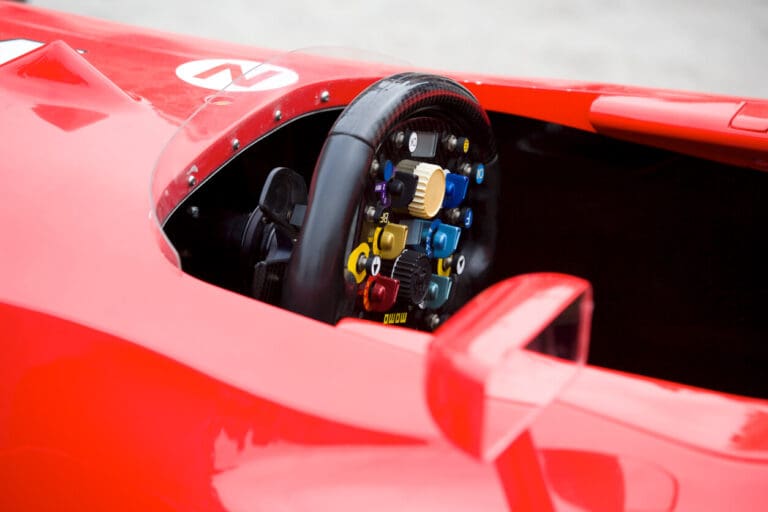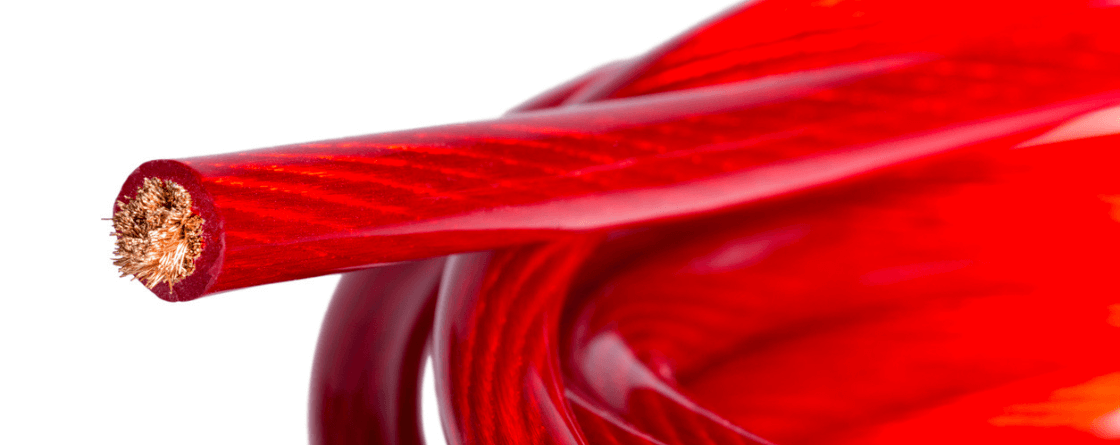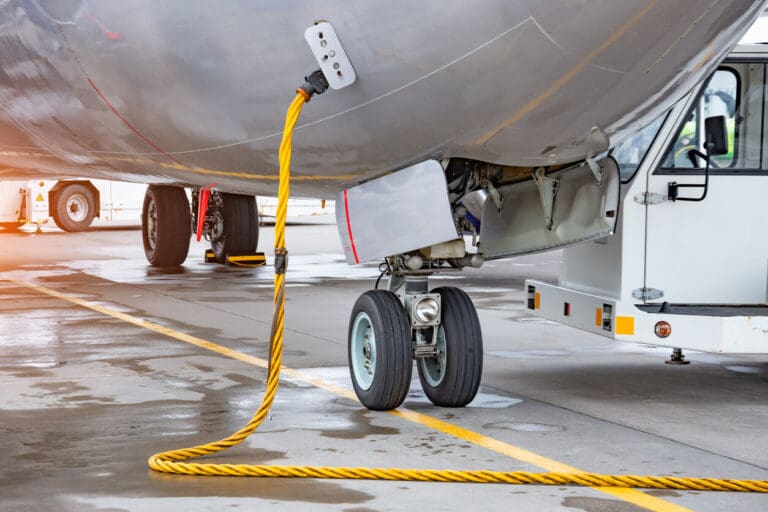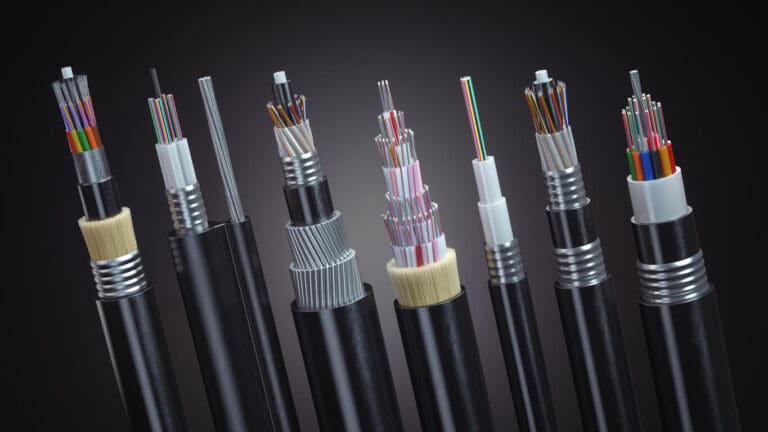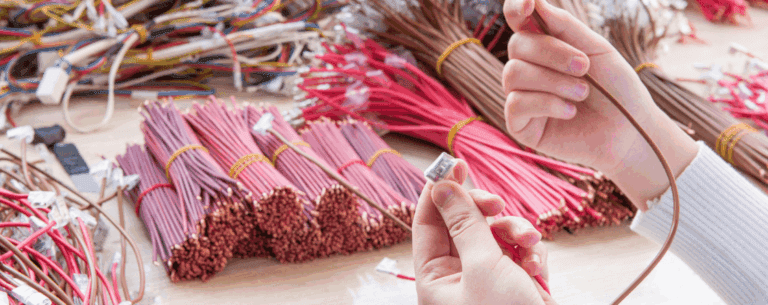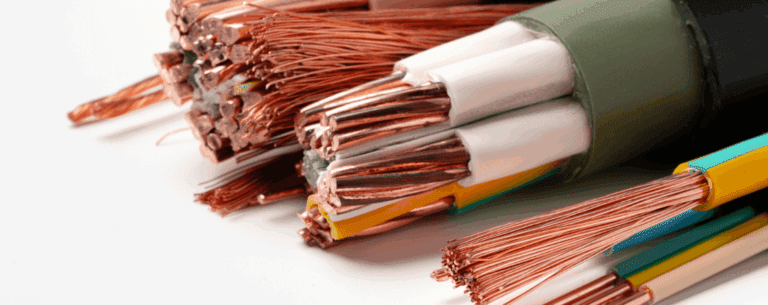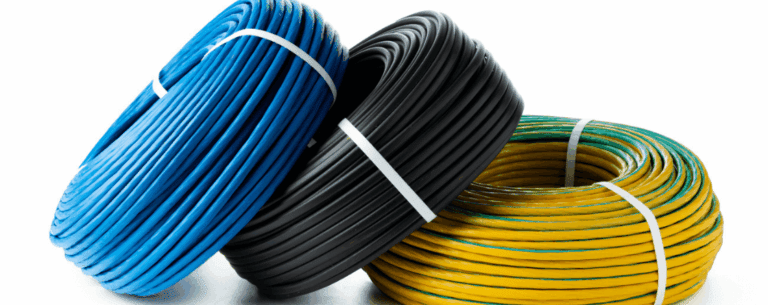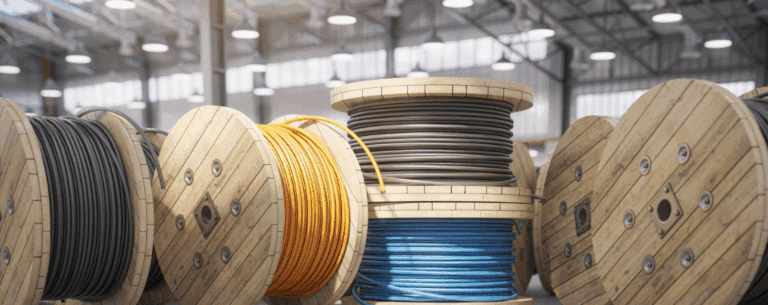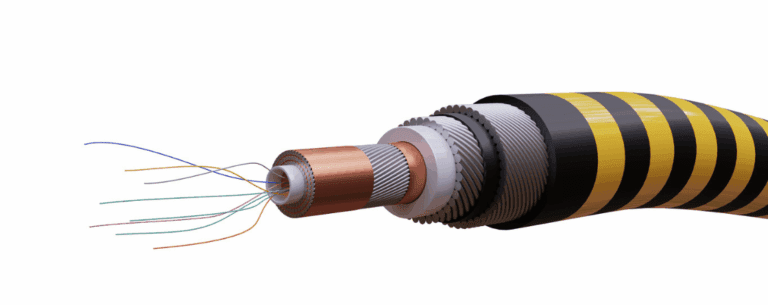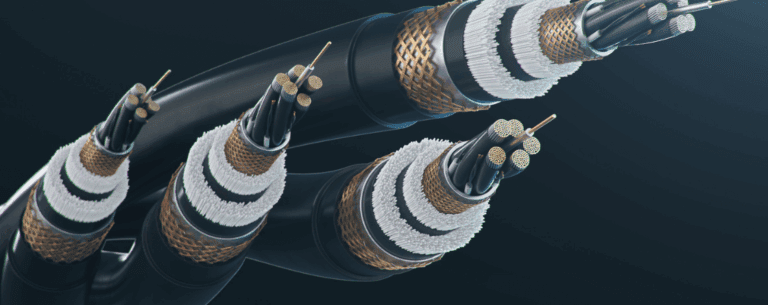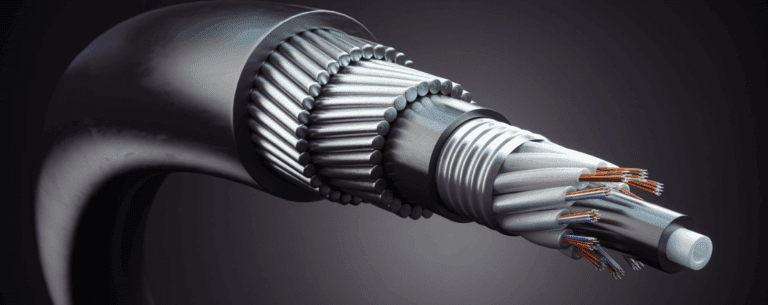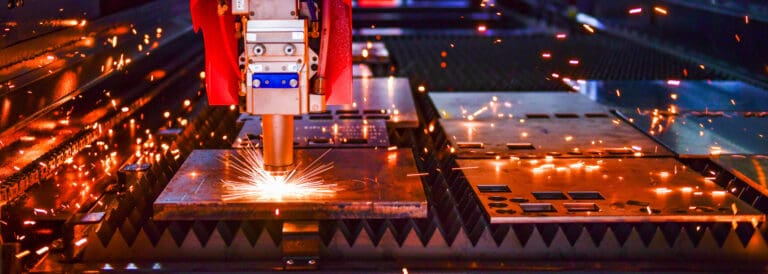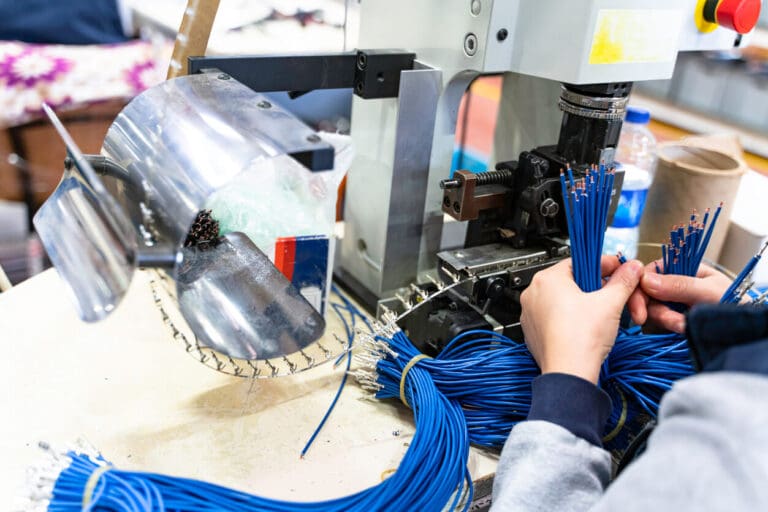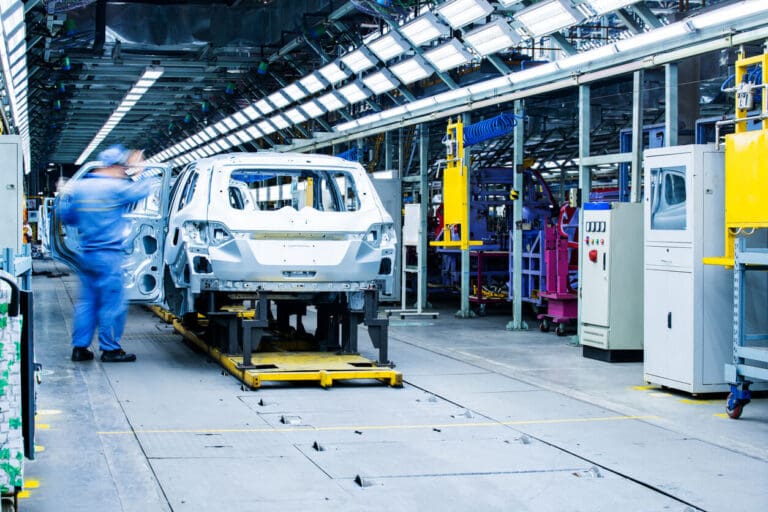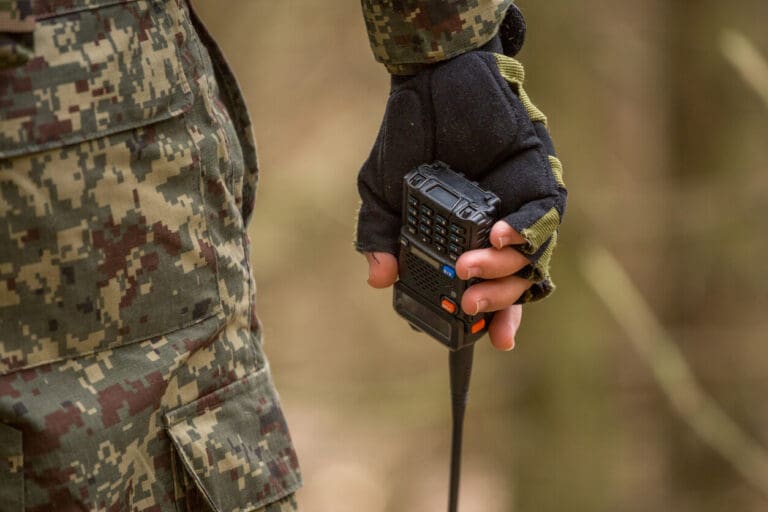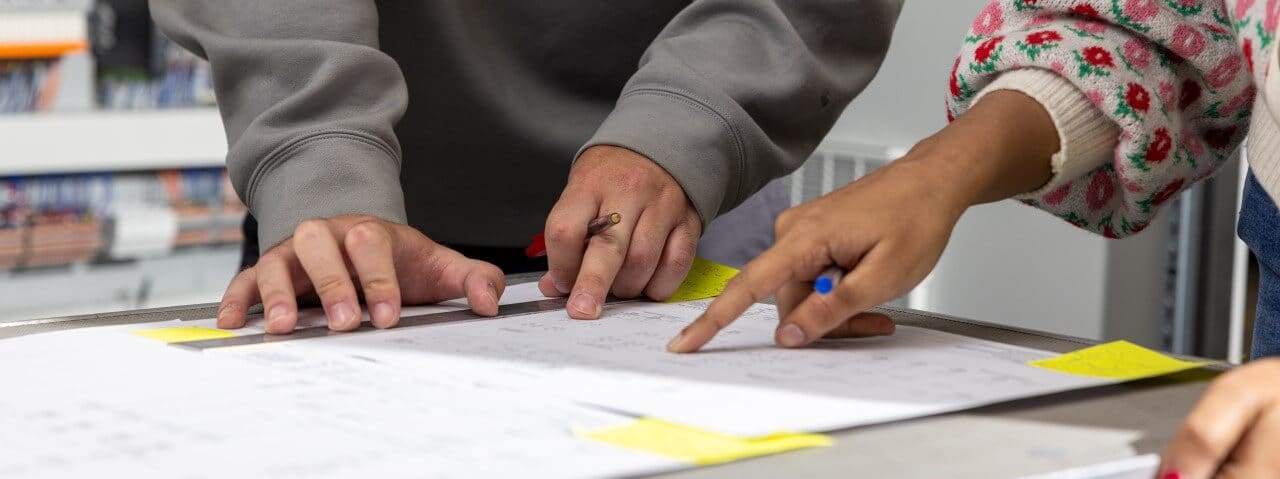A critical cable assembly fails on a high-speed train. What happens next? The consequences are significant, impacting passenger safety and the operational reliability of the entire network. For rail design engineers, procurement managers, and project managers, the integrity of every component is paramount. The small decision of which cable assembly to specify can have catastrophic consequences for people and infrastructure.
In this environment, where failure is not an option, the choice of cable assembly manufacturers is as important as the cable assemblies themselves. They are the circulatory system of modern rail, quietly transmitting power, data, and vital control signals. This blog explores the extreme demands placed on these components and the industry standards that ensure their reliability and safety.
The Brutal Demands on Rail Cables
The rail environment is a brutal, constant test of mechanical and electrical resilience. A cable assembly that performs perfectly in a standard industrial setting can quickly fail on a train. Partnering with a skilled cable assembly manufacturer from the beginning is crucial. Expert cable assembly manufacturers must contend with challenges from:
- Extreme Vibration and Mechanical Stress: Constant jolts, flexing, and movement from railcars in motion put immense strain on cables and their terminations, leading to mechanical fatigue and potential failure. This relentless movement can cause conductors to work-harden and eventually break, or it can loosen connections at the point of termination.
- Temperature Extremes: Operating in everything from freezing tunnels to sweltering desert tracks, cable assemblies must maintain performance across a vast temperature range. This constant thermal cycling can degrade insulation materials, causing them to become brittle and crack. Such degradation impacts signal integrity and can lead to dangerous short circuits.
- Environmental Contaminants: Exposure to moisture, dust, oil, and corrosive cleaning agents requires materials that are robust and sealed against ingress. A cable with a poorly sealed jacket or termination point is highly susceptible to fluids that can corrode conductors and cause electrical failures.
- Electromagnetic Interference (EMI): The high-voltage power lines and numerous electronic systems on board can create a noisy environment. Effective shielding is critical to prevent signal degradation and system malfunctions. Without proper shielding, EMI can corrupt data transmission and disrupt safety-critical control systems.
What is the EN 45545 Fire Safety Standard?
Fire safety is a non-negotiable priority. The unified European standard EN 45545 sets the benchmark for ensuring it. The standard’s design prevents and contains fires, protecting passengers and crew in an emergency. Compliance with the standard makes a cable assembly a critical safety feature. Reliable cable assembly manufacturers must demonstrate expertise in meeting this standard.
EN 45545-2 specifies fire behaviour requirements for materials, which it categorizes into Requirement Sets (R-Sets) and Hazard Levels (HL1, HL2, HL3). These levels depend on the type of vehicle and its operating environment.
EN 45545: Quick Reference Guide
Flammability: Measures how quickly a material ignites and spreads a flame.
Smoke Opacity: Measures the amount of smoke emitted, which can obscure vision and hinder evacuation. Toxicity: Measures the level of toxic gas emissions, which can be deadly in a confined space.
Hazard Levels: HL1: For low-risk, open-air environments like a tram. HL3: For high-speed trains operating in long tunnels, where evacuation is limited.
For example, a high-speed train operating through long tunnels will require materials rated to the highest level, HL3. This is because long tunnels offer fewer opportunities for evacuation, making it critical to have materials with the lowest possible flame propagation and smoke toxicity. By contrast, a tram operating in a low-risk, open-air environment may only require an HL1 rating. This tiered system ensures a precise and appropriate level of protection for every application. Meeting this standard is not a simple task; it requires deep expertise in material science and a commitment to rigorous testing. This is why selecting proven cable assembly manufacturers with a strong track record of compliance is essential.
Evolving standards can be a roadblock. Let’s simplify your design process and ensure compliance. Collaborate with Our Rail Engineering Specialists
What Are The Most Common Causes of Rail Cable Failure?
While the rail environment is demanding, many failures are preventable. A holistic approach that considers a cable assembly’s entire lifecycle is essential. The most frequent failure points, which responsible cable assembly manufacturers work to prevent, often stem from:
- Arc Tracking and Flashover: High-voltage systems and contaminants can create pathways for electricity, leading to arc tracking (a carbonised path) and dangerous flashovers. Arc tracking creates a permanent, conductive path that can lead to catastrophic system failure and fire risk.
- Inadequate Strain Relief: Improper design or manufacturing can place stress on a cable’s termination points, causing conductor fatigue and eventual breakage. Without proper strain relief, repeated flexing at the connector entry point can cause the internal conductors to snap, leading to intermittent or complete signal loss.
- Incorrect Material Specification: Using a material that is not correctly rated for temperature, UV exposure, or fire safety standards will inevitably lead to premature failure. An incorrectly specified jacket, for example, may crack in a cold environment or melt under a high-temperature load, exposing the internal wires to damage.
- Poor Manufacturing Processes: Subpar crimping, soldering, or sealing can create weak points that are vulnerable to vibration, moisture, and thermal cycling. A bad crimp, for instance, can increase electrical resistance and generate heat, accelerating a cable’s degradation.
- Cable Chafing and Abrasion: In a rail vehicle, cables often run through tight spaces and can rub against each other or against other structural components. Without a highly durable outer jacket, this constant friction wears down the cable’s protective layer. The result is exposed conductors, increasing the risk of short circuits and complete system failure.
How We Build a Foundation of Unwavering Reliability
Preventing failure requires a cable assembly manufacturers who proactively understands the rail industry’s specific needs. At GEM Cable, we build expertly engineered solutions that last and comply with the most stringent standards, rather than simply supplying cables. Our process is a direct response to the failure modes we’ve identified.
- Rigorous Testing: As dedicated cable assembly manufacturers, we subject our assemblies to extensive environmental testing that mimics real-world conditions. This includes thermal cycling tests in environmental chambers to simulate temperature extremes and vibration tests on shaker tables to assess resistance to mechanical fatigue. This proactive testing ensures our solutions perform reliably under pressure, a hallmark of a high-quality cable assembly manufacturer.
- Proactive Compliance: We stay ahead of evolving standards, from EN 45545 to EN 50306 and EN 50264, ensuring your components are compliant before they even reach the track.
- Custom Design and Material Selection: We work closely with our clients to specify the exact materials and design features needed to resist specific failure points. This includes selecting specialized jacket compounds for chemical resistance or designing custom shielding geometries for optimal EMI protection.
Ultimately, choosing cable assembly manufacturers is a matter of risk management and professional responsibility. It’s about partnering with a company that understands the unseen challenges and provides the unwavering reliability that rail transportation demands.
Secure the foundation of your most critical projects. Let us engineer a solution built for peak performance. Secure Your Project’s Foundation for Success
